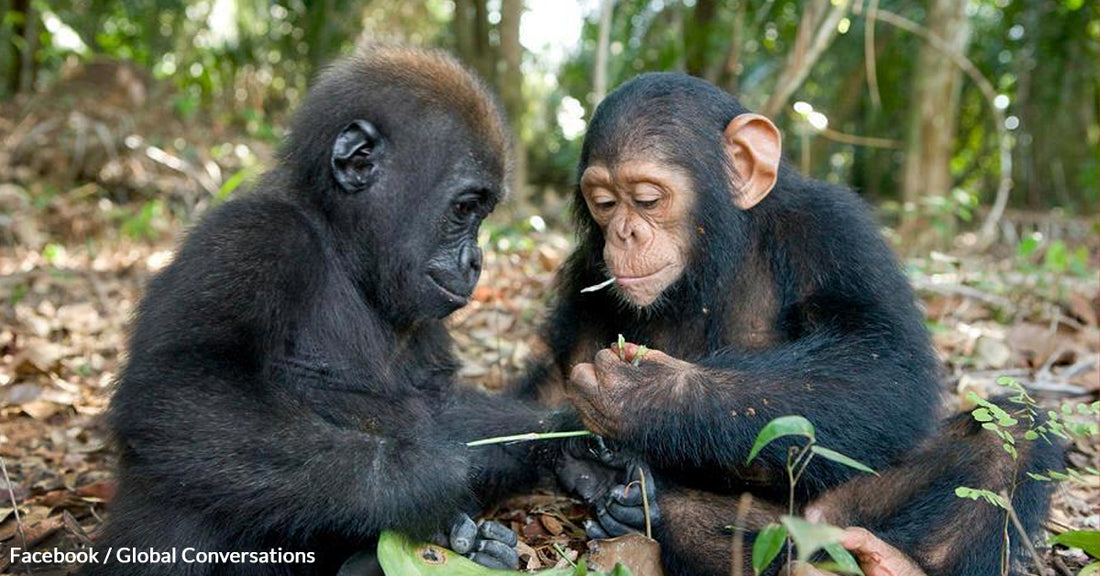Research Suggests That Gorillas And Chimpanzees Can Be Labeled As “Friends With Benefits”
Louise Peralta
Gorillas, chimps, and humans are all primates. Our species are cousins basically.
It’s no surprise that we share multiple things with the monkeys – From utilizing insects as medicine, sharing stories just for the sake of conversation, and staring off into space and just… thinking. It’s fascinating, really.
There’s also a new discovery made by researchers that shows that gorillas and chimps can have “friends with benefits” relationships. Both species are known to be nonmonogamous, and both live in large groups, which leads to them finding multiple partners in their own communities. And as researchers observed, they sometimes even find other companions in another community.
A long-term study published in the iScience journal used data dating back from 1999 and observed that two individual groups of primates living in Congo’s Nouabalé-Ndoki National Park actually hung out together and developed friendships.
The two groups are able to coexist and help each other to build a stronger chance of survival, such as protection against predators or finding food sources.
“On several occasions at food sources, we observed young gorillas and chimpanzees seeking out particular partners to engage in bouts of play, which may afford unique developmental opportunities to extend their social, physical, and cognitive competencies,” the researchers wrote.
The groups of Eastern Chimpanzees and Western Lowland Gorillas are observed to respond to the alarm vocalizations of the other species in response to threats.
“Both species were observed responding to the alarm vocalizations of the other species. Responses included increasing vigilance by orienting toward the origin of the call and visually monitoring the response of other apes in the subgroup. We did not observe gorillas or chimpanzees emitting alarm calls in response to the arrival of the other ape species to a subgroup,” they wrote.
Although both groups don’t see each other as threats, conflicts still happen between the two,2``` which is normal even within a group of one species. None of the violent clashes were lethal and most frequently just consisted of threats, the study reports.
When it comes to social interactions, both species engage in chasing, wrestling, play biting, and play hitting. Sexual interaction between the two different species was also observed, but only between a juvenile male gorilla and an immature female chimpanzee. One intriguing observation was also made when researchers witnessed young chimpanzees beating their chests – an action that is most commonly observed in gorillas.
Look at this little dude practicing his chest-beating skills!
Baby gorilla practicing his chest beating pic.twitter.com/xqRsYNDH1m
— Primates (@PrimatesDaily) June 19, 2021
“It is possible that the chimpanzees learned this gesture from the gorillas and that these species could share some cultural behaviors,” the researchers said.
“No longer can we assume that an individual ape’s social landscape is entirely occupied by members of their own species,” said co-author Jake Funkhouser.
Although the apes benefit greatly from interacting and co-existing with each other, there is also a potential increase in the transmission of diseases, Ebola being one highly transmissible virus between the species. This is a major threat to both species' survival, as Ebola is known to be responsible for wiping out a third of the world’s chimpanzees and gorillas.
“Despite more than 60 years of chimpanzee and gorilla research, there is still much to be learned about these fascinating apes — the main challenge at this time is to ensure the conservation of these endangered species so that such opportunities exist for future generations,” the authors said.




